Home » Gear Reviews » Hiking & Camping » Sleeping Bags » 3-Season Sleeping Bags (15F-29F) » The North Face Hyper Cat
The North Face Hyper Cat Review
February 27, 2019
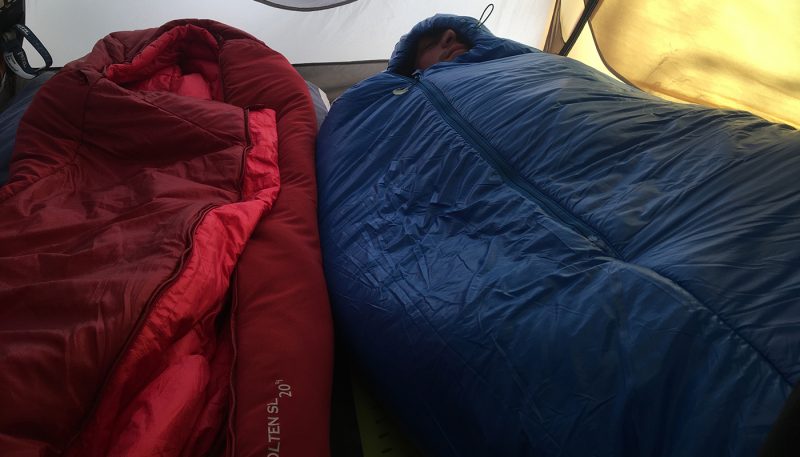

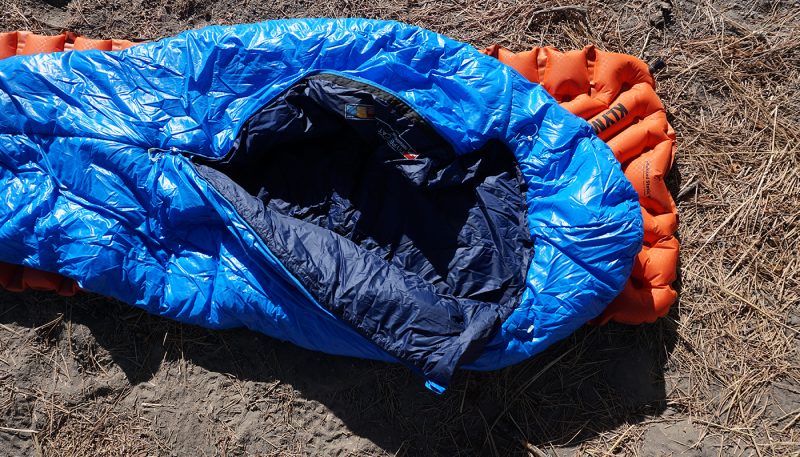






 76
76 The Good
- Inexpensive
- Surprisingly Lightweight
- Decently Compressible
- Maintains insulaitng properties when wet
The Bad
- Half-length center zip makes ventilation difficult
- Not as warm as other 20 degree bags
The North Face Hyper Cat is a mummy-style synthetic sleeping bag that prioritizes low weight and low bulk. This is refreshing in the synthetic category, where the bags are always bigger and bulkier than down models. It is also the least expensive bag in our three-season sleeping bag review. If you are on a budget and need a durable bag to take backpacking, we recommend this one.
Weight
The Hyper Cat is remarkably lightweight for a synthetic insulated sleeping bag. The North Face lists its weight as 1 pound, 14 ounces, and when we verified the weight on our scale, it actually came in under that weight at 1 lb, 13.4 oz. Every other bag, with the exception of the Sea to Summit Flame, weighed a bit more than the manufacturer claimed. The Big Agnes Bolten, which is the other synthetic model in this review, weighs an entire pound more, at 2 lbs,15 ounces. For wet weather backpacking, where carrying your gear long distances is a must, we would prefer to take this light one.
Compressibility
Unlike many sleeping bags these days, the Hyper Cat comes with an actual compression sack, which also saves money by eliminating the need to purchase an aftermarket compression sack. This sack helps the bag to pack down decently small. Another key aspect of compressibility is the insulation used. The HeatSeeker One insulation’s fibers mimic the shape of down feathers, so it feels fluffy and light and squishes down into a small package. There is less insulation on the backside of the bag, which also makes for less bulk packing. Overall, it is still larger and bulkier than some of the very compressible down bags in this review, but it is half the size of the Big Agnes Bolten in its non-compression sack.
Warmth
Even though this bag is remarkably lightweight, testers reported being colder than usual when sleeping in the Hyper Cat. The bag has less insulation on the back side (underside) in order to reduce weight and bulk, which is achieved. Under normal circumstances, a camper will be sleeping on top of a sleeping pad and will not require a lot of insulation underneath their back. Additionally, when insulation is crushed underneath a sleeping body, it loses most of its insulating properties anyways because the insulation cannot trap pockets of warm air. This strategy of reducing the insulation on the backside is actually a very clever design. One of the evenings that our tester reported being cold, this bag was paired with a sleeping pad that also scored low on warmth. It may have been the combination of these two products, used at 6000 feet elevation on a chilly summer evening in the Sierra Nevada, that left this tester cold. Nonetheless, after multiple nights of comparison, we determined, subjectively, that the Hyper Cat is not as warm as other bags in this less, and definitely not as warm as the other synthetic bag in this test, the Big Agnes Bolten. The tradeoff here is that the Bolten is much heavier and bulkier than the slim and stuffable Hyper Cat.
One final note on warmth: Hyper Cat has a European Norm (EN) Comfort rating of 30 and a Lower Limit rating of 24 and is marketed as a 20-degree bag. Not all bags in this review are EN rated so it is tough to compare them all exactly with this rating, but some other examples are the Therm-a-Rest Vesper, which has an EN comfort rating of 32 and a lower limit rating of 20, and the Sea to Summit Women’s Flame, which has a comfort rating of 25 and lower limit rating of 14. This rating for the Hyper Cat predicts that the average “warm” sleeper will find this bag comfortable at temperatures a few degrees higher than 20 and the average “cold” sleeper won’t be comfortable in the Hyper Cat until around 30 degrees.
Ventilation
With only a half-length zipper on the center front of the bag, the Hyper Cat has very limited ventilation options. If it gets stuffy inside, there is only one way to let cool air inside. Unzipping on the front is not quite as desirable as unzipping on the side and tossing the top corner of the bag off. However, since the Hyper Cat also has thinner insulation on the backside, we did not actually ever find the need to ventilate when sleeping in it.
Features
The North Face has gone to great lengths to keep this bag minimal and lightweight. Even the zipper is half the length and half the weight of a normal bag. So that means, that this bag does not have many features, but we consider that a good thing. The features that it does have includes a hood, a small draft collar, and push-button cinches on the side of the hood that have little glow on the dark toggles that make them easy to find. These push buttons are incredibly easy to tighten, but frustrating to release.
Durability
The Hyper Cat seems, upon regular use, to be an adequately durable bag. The insulation has held up well to regular compressions and expansions, and it has the additional advantage of being resistant to any snags or tears in the fabric. Since synthetic insulation won’t leak out like feathers, the insulation stays put even in the event of a large hole. However, the 20-denier nylon shell textile seems quite durable. It is thicker and slightly more robust than the ultra-light 10-denier textiles used on the Therm-a-Rest Vesper and Sea to Summit Flame. Our only real complaint in the durability metric is that the zipper tends to snag on occasion.










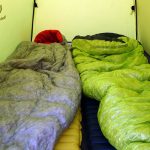

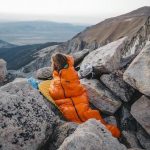


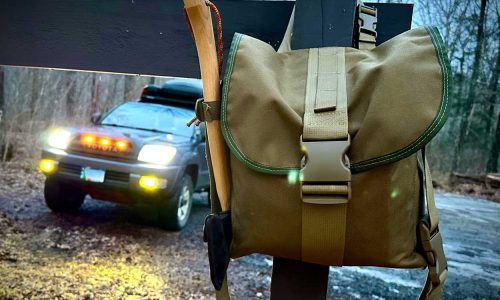



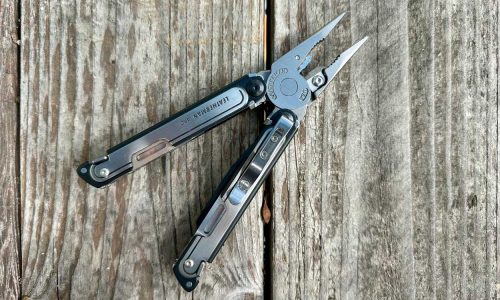
No reviews have been posted for this product.
Use this gear?
Join Gear Nation and leave a review!
Create an Account